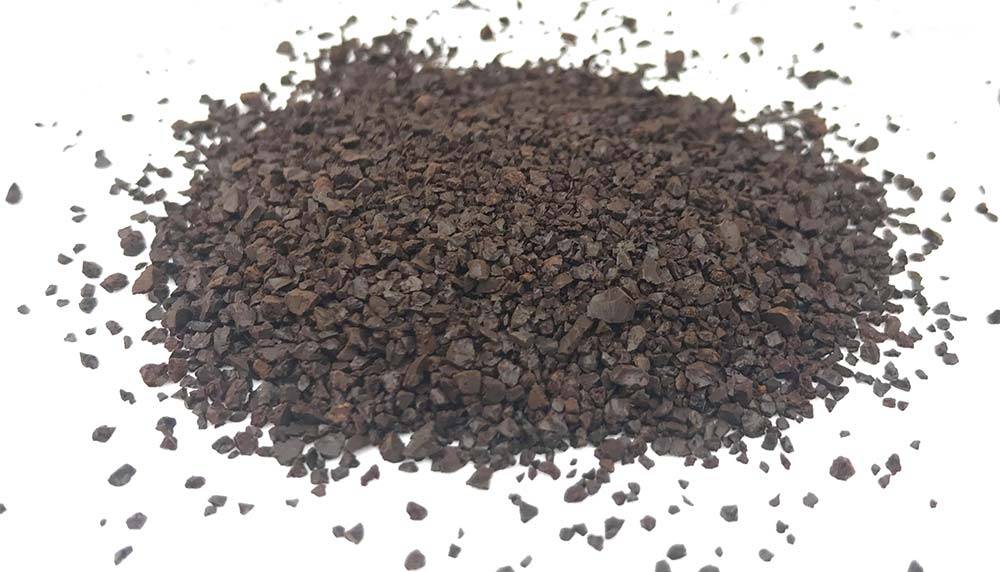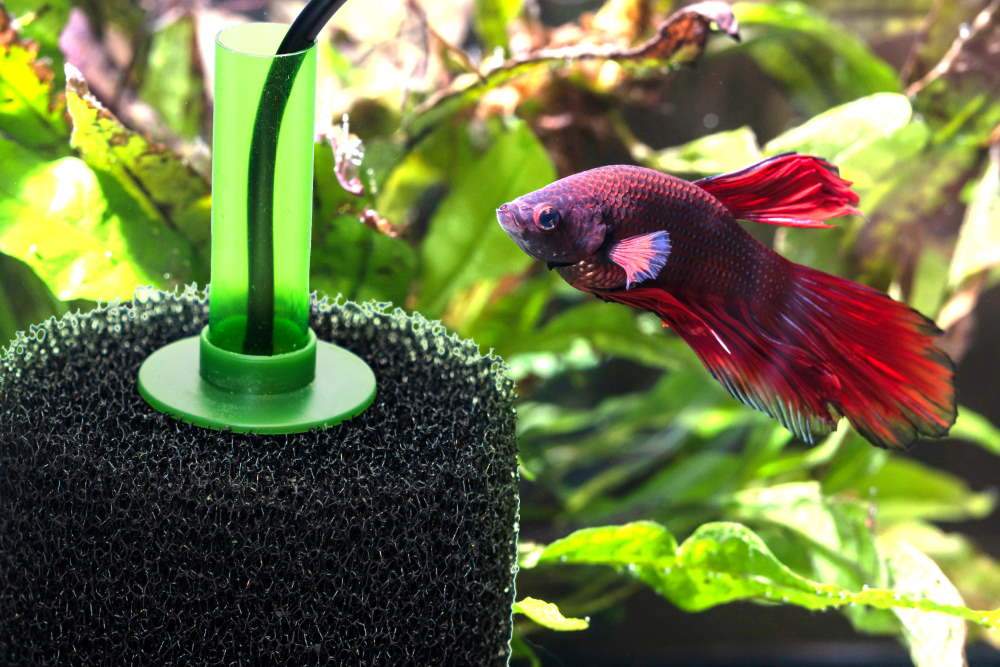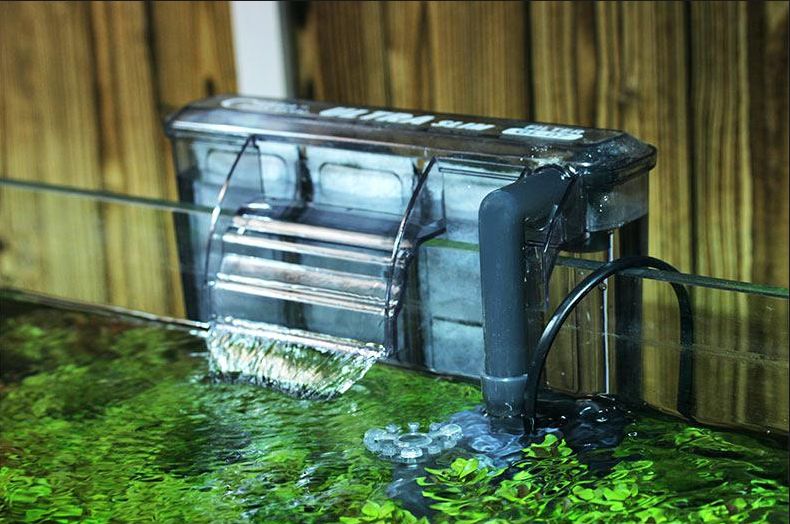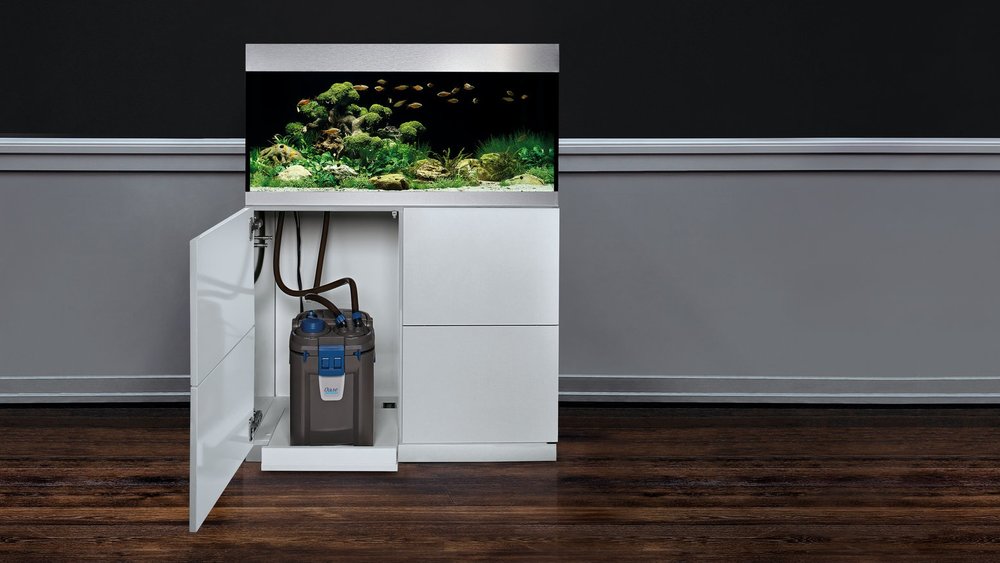Chemical media in aquariums help to maintain the water chemistry by removing harmful substances and impurities from the water. Here are some examples of good chemical media in aquariums:
- Activated Carbon: This is one of the most commonly used chemical media in aquariums. It helps to remove impurities such as chlorine, chloramines, and dissolved organic compounds from the water.
- Zeolite: This chemical media helps to remove ammonia and other nitrogenous compounds from the water. It is especially useful in newly set-up aquariums and those with a high bio-load.
- Phosphate Remover: This media helps to remove excess phosphate from the water, which can lead to excessive algae growth.
- Ion-Exchange Resin: This media helps to remove heavy metals and other harmful ions from the water. It is especially useful in aquariums with hard water.
- Calcium Carbonate: This media helps to raise the pH and increase the hardness of the water. It is especially useful in aquariums with soft water that require a higher pH and hardness level.
It’s important to note that chemical media should be used in conjunction with mechanical and biological filtration, and that different types of media may be necessary depending on the specific needs of your aquarium. It’s also important to follow the manufacturer’s instructions when using chemical media to avoid overdosing and potential harm to your aquatic inhabitants.
![]()




